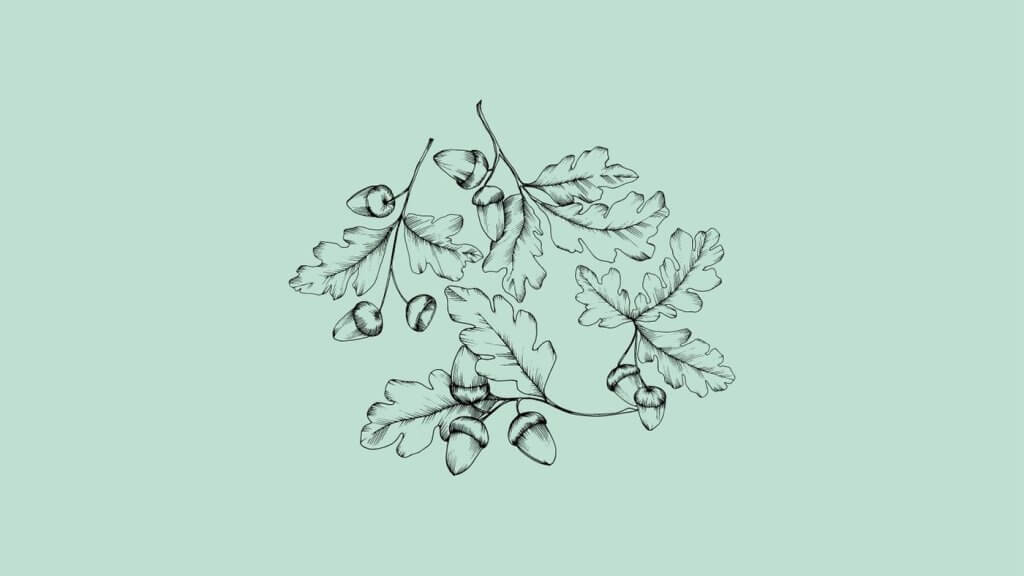The name chinkapin can be confusing as it refers to more than one type of tree: chinkapin oak, Allegheny chinkapin, Ozark chinquapin. Chinkapin oaks are north American natives and can be widely found in the north and southeastern areas of the country. The leaves are not edible to humans. However, the nuts are edible and delicious in flavor.
Chinkapin oak tree profile
The chinkapin oak is considered a small to medium-sized deciduous white oak tree.
As part of the Beech family (Fagaceae), it is a sister species to the American chestnut.
It can also be referred to by other common names, including:
What Are You Foraging For Right Now?
We're thrilled to hear your ideas. What would you like to submit today? Feel free to share your thoughts and experiences with us.
- Yellow chestnut oak
- Rock oak
- Yellow oak
- Chinquapin oak
The name chinkapin can be confusing as it refers to more than one type of tree. Although these trees are related, they are considered distinctly different:
- Chinkapin oak (Quercus muehlenbergii): larger of the two, growing up to 70 feet.
- Allegheny chinkapin (Castanea pumila): small tree, reaching heights of approximately 30-40 feet.
- Ozark chinquapins (Castanea ozarkensis): small tree or shrub; some authoritative sources consider it a variant of the Allegheny chinkapin.
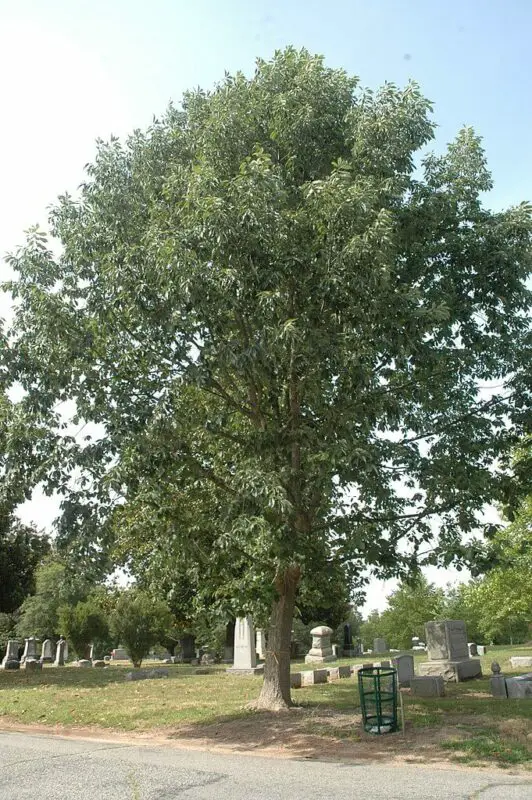
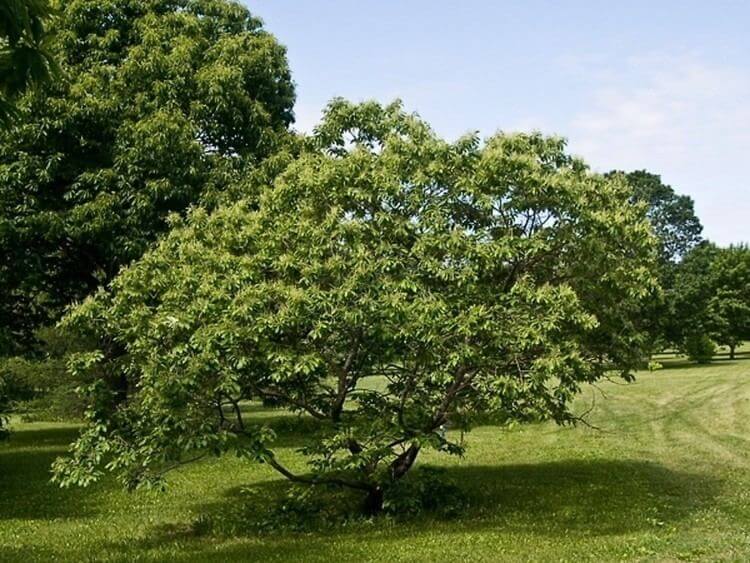
All trees have a rather slow growth rate and produce small nuts that mature in the fall. These nuts are edible to wildlife and humans and are prized as a food source.
Despite its summertime beauty and fall color, the chinkapin is not generally considered an ornamental tree. It does, however, make an excellent shade tree.
The bright green leaves turn beautiful shades of yellow, orange, and brown creating a stunning array during the fall.
Years ago, its dense fibers made it a favorite material for fence building by the early pioneers in Ohio, Kentucky, and Indiana. The wood from the chinkapin was also used to make railroad ties and as fuel for steamships.
As a hardy tree, it can tolerate a wide variety of growing conditions. It does best, however, in USDA hardiness zones 3-9 in areas where it can enjoy full sun.
The chinkapin oak can grow as high as 70-80 feet in the wild at full maturity. When used for landscaping, the smaller varieties are typically chosen and tend to reach 30-40 feet in height at full maturity.
How to identify a chinkapin oak tree?
Identifying the chinkapin oak can be tricky as you need to be clear on which tree or shrub you are looking for.
The chinkapin oaks are easily confused with the Allegheny chinkapin and the Ozark chinkapin.
Allegheny chinquapins can be found from as far north as Maryland and all the way down to Texas, and Ozark chinquapins are typically found in Arkansas. Both trees are on the smaller side.
Chinkapin oaks are larger and found in many areas across North America, often in dry, limestone outcroppings where there is well-drained, alkaline soil.
All have leaves with coarse, pointed teeth that are a glossy yellow-green. The leaves are considered on the small side compared to other oak trees.
When identifying a chinkapin oak, look for the following attributes:
- Thick acorn cap with a flat base. Individual scales may also be noted on the acorn cap.
- Scaley, grey bark that can be broken or flaked off easily. There will also be identifiable narrow cracks within the bark of the tree. This is similar in appearance to many other white oaks.
- The underside of the leaves will be a dense pubescence that can be easily seen and felt.
- Dark, reddish-brown buds with sparse scales and frosted edges.
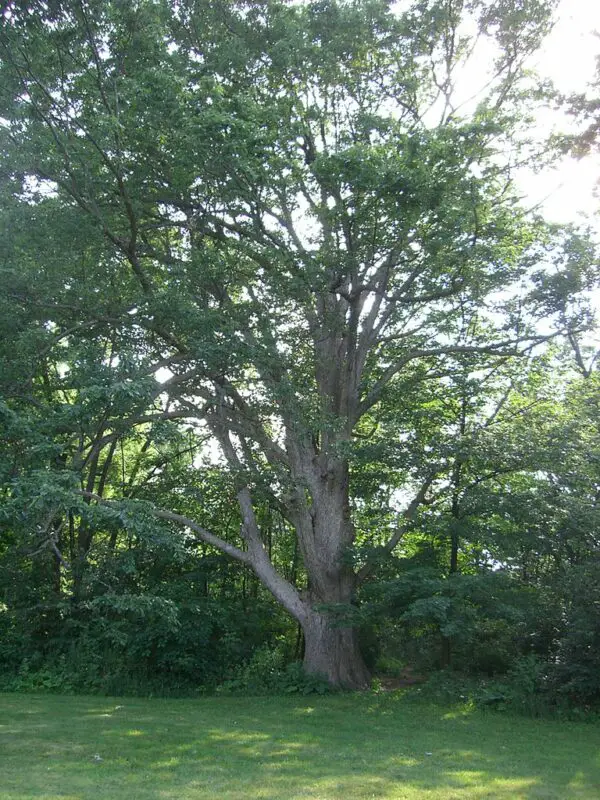
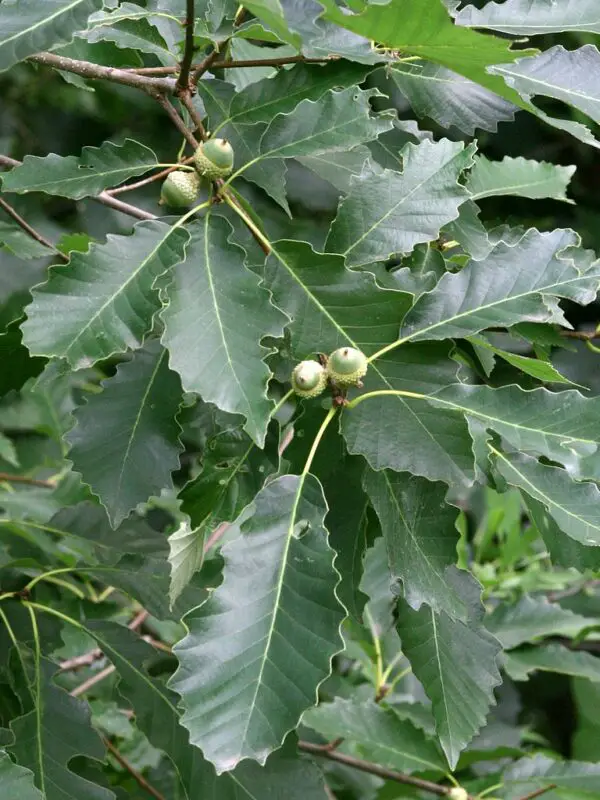
About chinkapin nuts
Chinkapin trees have both male and female flowers. The male flowers, which have a fragrance that many consider unpleasant, exist in long catkins. Female flowers are clustered around the male, giving rise to small, burred nuts.
The nuts of the chinkapin are a precious source of nutrition for many woodland species like:
- Chipmunks
- Grouse
- Hogs
- Wild turkeys
Cattle have also been known to eat the leaves when available.
These small nuts are covered by a spiny bur between ¾ and -1.5 inches in diameter. Although the nuts often grow in clusters, each bur will contain only one nut. This is in contrast to the American chestnut, which typically has three nuts per bur.
The nuts are edible and known for their sweetness once they have reached full maturity in the fall. They were a staple of Native American diets providing an excellent source of calories and nutrition containing healthy fats and carbohydrates.
Chinkapin nuts can be baked, dried, ground into a powder, or roasted and used as a coffee substitute.
Roasting can bring out a chocolatey flavor in the nut and is a favorite method of preparation for many.
Care needs to be taken when foraging for chinkapin nuts. Dietary upset can occur if confused with acorns from other types of oaks and not prepared correctly.
Many acorns must be processed or leeched to rid them of toxic tannins. Without doing so, constipation, nausea, and the need for medical attention can be the result.
Fallen nuts can also be subject to rot and infestations of worms.
Are chinkapin leaves edible?
The leaves of the chinkapin are not edible for humans as they contain toxins that can be dangerous when consumed.
Some grazing animals like cattle and deer, however, can feed on the leaves where they are accessible.
Only the nuts of the chinkapin are edible for humans.
Where do chinkapins grow in nature?
Chinkapins are north American natives and can be widely found in the north and southeastern areas of the country.
They are often found in rocky areas and on hillsides.
Because they are so hardy and adaptable, they are sometimes used to rehabilitate the soil. From a conservationist standpoint, the chinkapin is an excellent source of shelter and nutrition for many wildlife species.
For this reason, there have been efforts to plant and repopulate areas where the chinkapin is in decline.
They prefer warm, moist climates where humidity is a factor.
Lorin is a writer, photographer and nature enthusiast in Sacramento, CA. In addition to gardening, she makes a regular practice of forging for edible plants and flowers. Nature nourishes if you know where to look.

